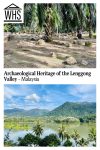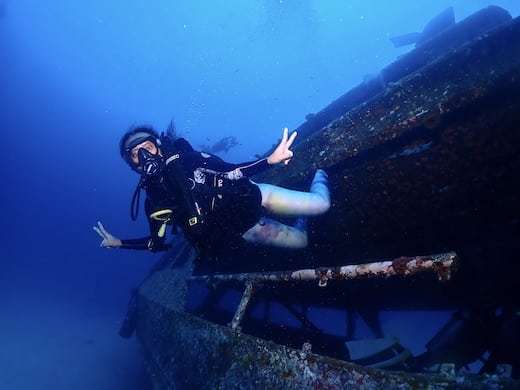Archaeological Heritage of the Lenggong Valley
By Teja
What is the Archaeological Heritage of the Lenggong Valley?
Lenggong Valley is a sedimentary valley formed through the deposition and subsequent retreat of the Perak river in the hilly northern part of Perak, Malaysia. It is flanked by the Bintang and Titiwangsa granite ranges on its west and eastern sides, a geologic feature formed by the collision of the Sibumasu and Indochina tectonic plates more than 240 million years ago.
Disclosure: This article contains affiliate links. Making a purchase through an affiliate link will mean a small commission for this website. This will not affect your price.
A meteorite impact close to 2 million years ago, and ash fall from the eruption of the Toba volcano about 70,000 years ago, preserved records of hominid settlement and development. Additional cave burial sites in its karst formations added subsequent neolithic and metal age settlement records, thus completing a complete record of hominid historical periods.
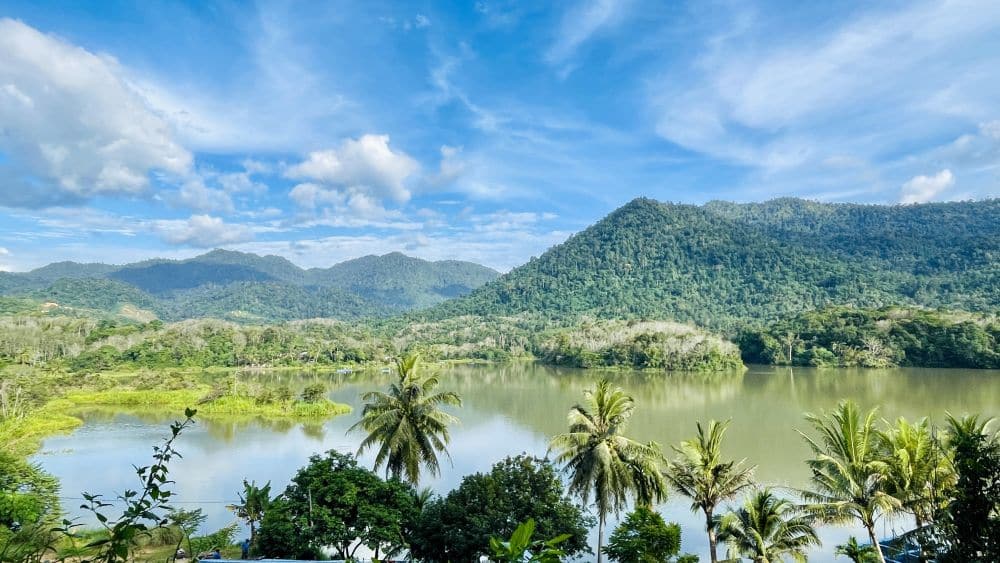
Why is Lenggong Valley a UNESCO World Heritage site?
The Lenggong Valley contains an outstanding 1.83-million-year record of hominid history at a single location, spanning all its periods. UNESCO recognises it as the oldest continuous record of settlement outside of Africa. It is also the location of the oldest, most complete hominid skeleton found in Southeast Asia, called ‘Perak Man’. Perak Man’s skeleton is radiocarbon dated to over 10,000 years ago.
Lenggong Valley’s archaeological sites are distributed across the valley, hence nearly the entire Lenggong Valley is part of the UNESCO zone. They comprise:
- Bukit Bunuh, the site of a meteorite strike which preserved hand axes within the suevite rocks that formed through the force of the impact;
- Kota Tampan and Bukit Jawa, the sites of stone tool workshops which were abandoned after the Toba eruption;
- Gua Gunung Runtuh, where Perak Man’s burial site is located;
- The karst outcrop of Bukit Kepala Gajah and Gua Harimau, the site of the cave complex where prehistoric settlement remains and burial sites were found from the palaeolithic, neolithic and metal periods, including Perak Man, and which represent an “outstanding ensemble of lithic technology” in sequence, according to UNESCO.
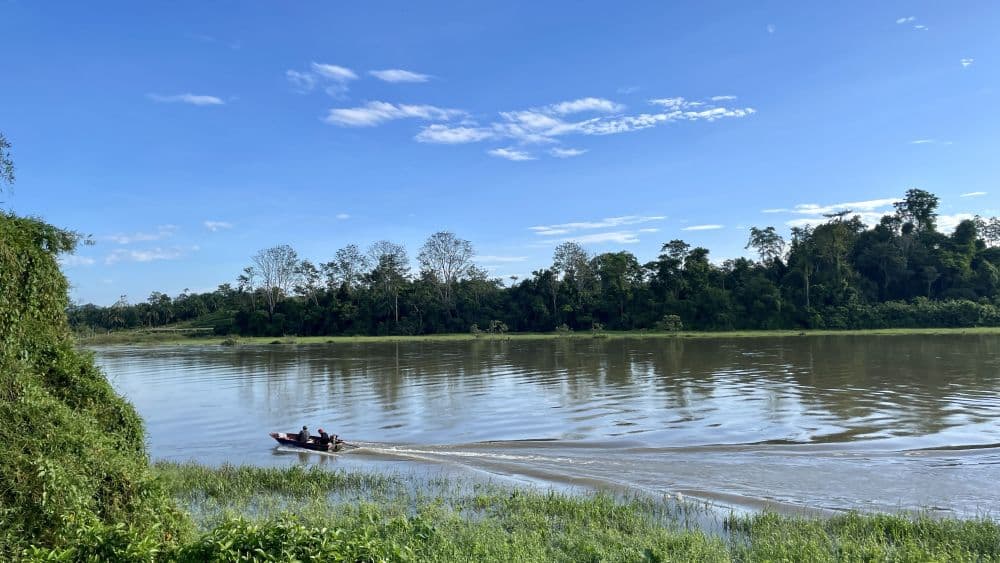
What can you expect on a visit to the Lenggong Valley archaeological sites?
The archaeological sites in Lenggong Valley are spread across the valley, grouped into two clusters.
The first cluster is to the south of Lenggong town, comprising Bukit Bunuh and Kota Tampan.
- Bukit Bunuh, the suevite site, lies within private property and an oil palm plantation. You can enter the plantation to visit it, but the route is unclear and there is only a Geopark information display marking the location. It is best to come with a local guide.
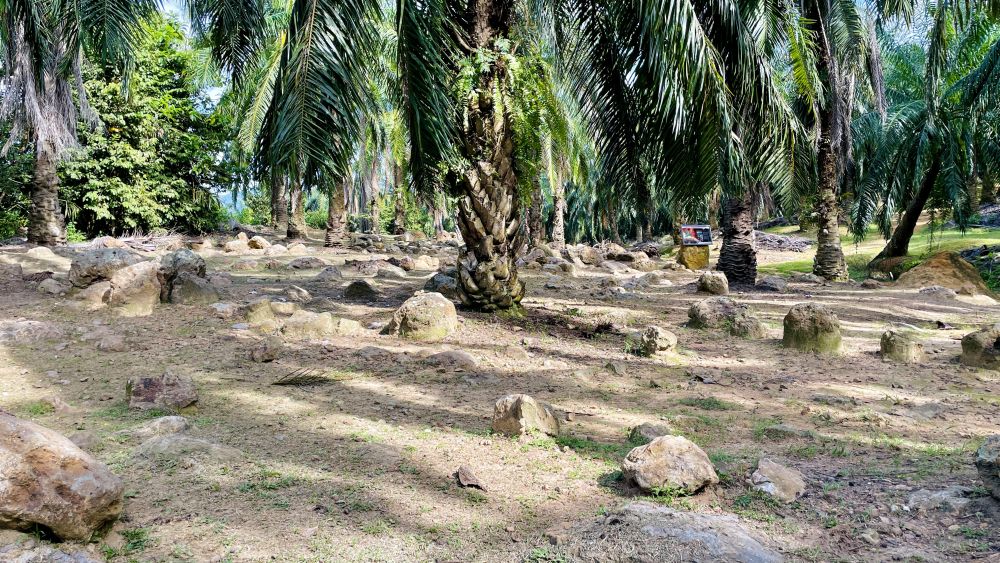
- Kota Tampan is now within the Lenggong Archaeological Gallery premises. The gallery is expected to be fully completed in 2024, although it is already open to visitors. When completed, it will have a section for a Perak Man exhibit.
The second cluster is north of the town, and comprises the karst cave complex of Bukit Kepala Gajah, Bukit Gua Harimau, and Bukit Jawa.
- Bukit Kepala Gajah is called Kompleks Gua Kajang (Kajang Cave Complex), and can be visited with a local guide and prior application. The guide will apply for access from the Lenggong municipality for the date of visit, and the complex will then be opened. This process is to protect the sites from damage, as the site does not have a staffed tourism infrastructure.
- Of the caves with archaeological importance, only Gua Kajang is open to the public. Gua Gunung Runtuh is still being studied by researchers. However, a few of the other caves are accessible. Gua Harimau is at a slightly further location. It is also still under study, and not yet open to the public. Instead, go to the Archaeological Gallery to learn more about the discoveries to date.
- Bukit Jawa, on the other hand, is readily accessible. You can park close to the site and walk across to the archaeological dig site. It is located on an alluvium terrace, which is a dried-up lake bed. If you come with a guide, they can show you the layers indicating where the Perak river used to come up to, and the ash deposition from Toba.
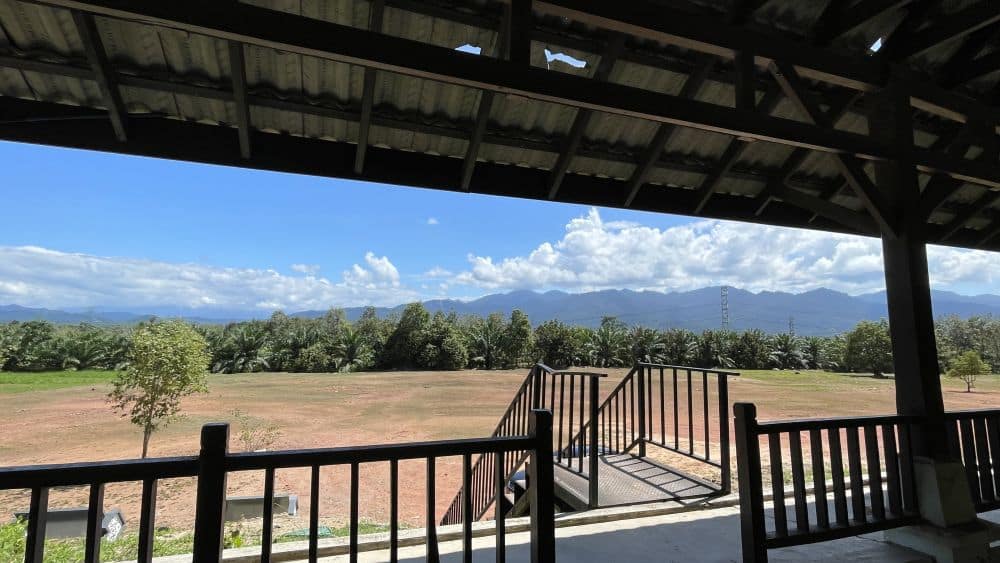
Are the Lenggong Valley archaeological sites worth visiting?
The Lenggong Valley archaeological sites are still being studied, and still in the process of being fitted with visitor infrastructure. However, there is enough in place for a guided visitor to come and appreciate their significance. Archaeology and geology enthusiasts might prefer it this way, as there remains an element of academia rather than tourism. However, without a guide, a casual visitor might find it difficult to understand what they’re looking at. Book a private guided tour here.
What sorts of travellers would like Lenggong Valley’s archaeological heritage?
The Lenggong Valley archaeological heritage would appeal most to travellers with an interest in archaeology and palaeontology. However, as the archaeological heritage is so closely linked to the valley’s geological history, it is likely to interest geology buffs as well.
However, the Lenggong Valley UNESCO area has more attractions than just its World Heritage site. It is also a candidate UNESCO Global Geopark and an Important Bird Area (IBA), with sites of high biodiversity across rainforest, limestone, and freshwater ecosystems. Its native people maintain a niche Pattani culture and unique endemic cuisine. These, in combination with the archaeological heritage, may appeal to a broader range of travellers.
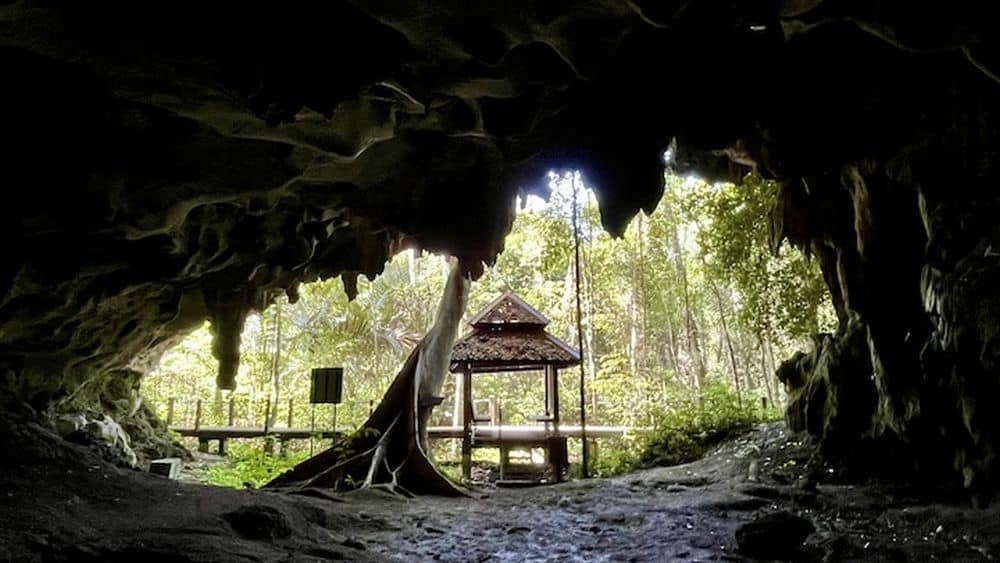
Tips for visiting the Lenggong Valley archaeological sites
Visiting some of the sites requires prior access application and local knowledge. There are no tourist transport services or public transport within Lenggong. Except for the Archaeological Gallery, the sites do not have accommodations for people with disabilities. Visiting with a local guide is highly recommended.
You could theoretically visit all the accessible sites in one day. However, it probably makes sense to break it across two days to accommodate gallery opening times and other places of interest that you might also want to see.
Find accommodations in Ipoh or Kuala Kangsar.
If you visit Lenggong Valley, you are not far from Georgetown, a historical colonial town that is also a UNESCO site along with Melaka.
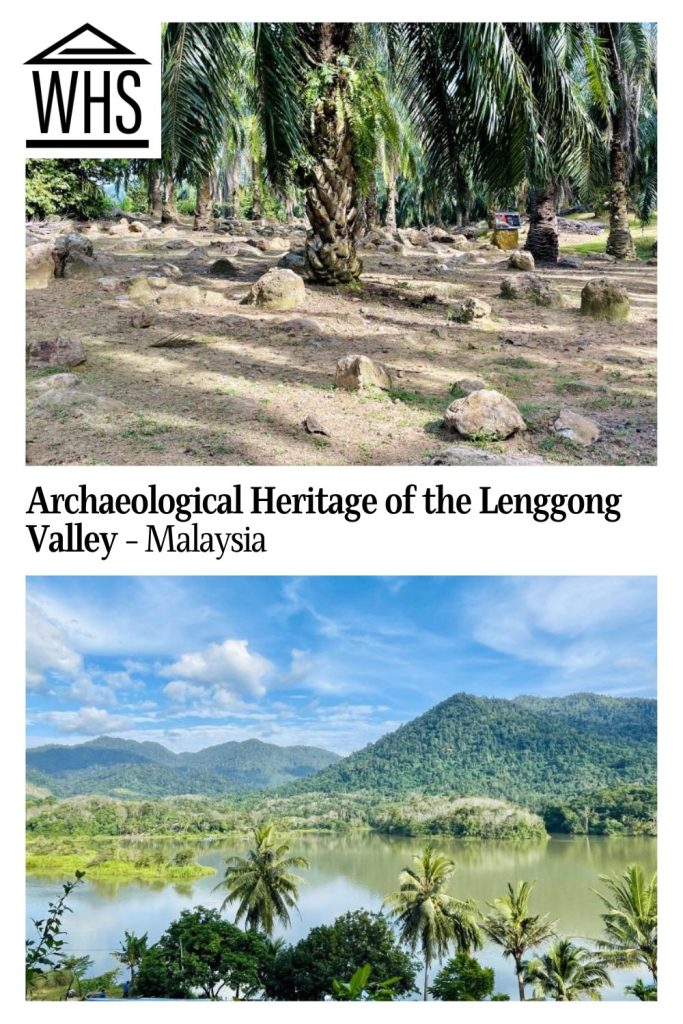
Where is Lenggong?
Lenggong is located in the north region of Malaysia, in the state of Perak. It is about 3 hours’ drive via the North-South Highway from Malaysia’s capital, Kuala Lumpur. It is a little over an hour from Ipoh and Kuala Kangsar, Perak’s state and historic capitals, respectively.
The best way to get to Lenggong is by road, since you will need a car to go to its archaeological and other sites. Alternatively, you can opt to be driven by your local guide.
To get there by public transport, you can take a bus via Ipoh or Kuala Kangsar to Lenggong bus station. Alternatively, you can take a train to Kuala Kangsar train station, and rent a car for the rest of your trip. Kuala Kangsar train station is part of the first rail line in Malaysia, and the train station building is an attraction in itself.
Have you been to the Lenggong Valley? If so, do you have any additional information or advice about this UNESCO World Heritage site? Please add your comments below!

